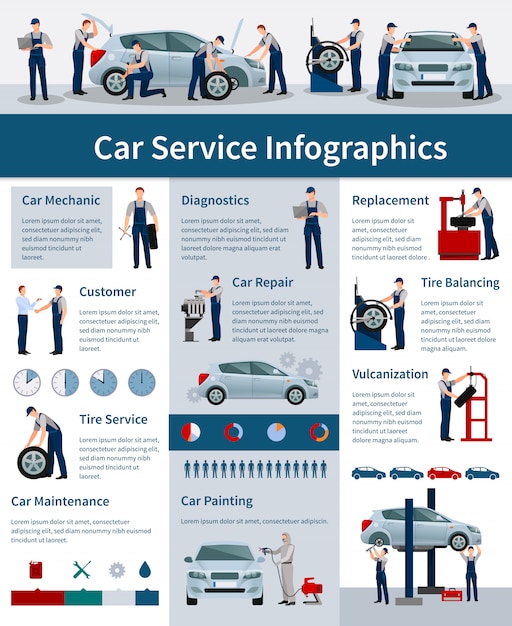Comprehending Your Car'S Warning Lighting: What Do They Actually Mean?
Comprehending Your Car'S Warning Lighting: What Do They Actually Mean?
Blog Article
Web Content By-Faulkner Forbes
When you lag the wheel, those beautiful warning lights on your dashboard can be a little bit complicated. Do you understand what they're attempting to tell you regarding your auto's health? Comprehending the value of these lights is important for your security and the long life of your lorry. So, source web page following time among those lights turns up, wouldn't you want to decipher its message properly and take the essential actions to resolve it?
Common Caution Lighting and Interpretations
Recognize typical caution lights in your cars and truck and recognize their meanings to guarantee secure driving.
One of the most normal caution lights consist of the check engine light, which signals concerns with the engine or discharges system. If this light comes on, it's crucial to have your vehicle inspected promptly.
The oil pressure alerting light shows low oil stress, requiring instant focus to prevent engine damages.
A flashing battery light may recommend a malfunctioning billing system, possibly leaving you stranded otherwise attended to.
The tire pressure surveillance system (TPMS) light alerts you to reduced tire pressure, impacting vehicle security and gas performance. Disregarding this could result in hazardous driving problems.
The abdominal light shows an issue with the anti-lock braking system, endangering your capacity to stop rapidly in emergencies.
Last but not least, the coolant temperature cautioning light warns of engine getting too hot, which can lead to severe damages if not fixed promptly.
Comprehending these common warning lights will certainly assist you attend to concerns immediately and maintain risk-free driving problems.
Relevance of Prompt Interest
Understanding the typical warning lights in your car is just the very first step; the importance of immediately attending to these warnings can not be stressed enough to guarantee your safety when traveling.
When a caution light illuminates on your control panel, it's your car's method of communicating a possible concern that needs focus. Neglecting these cautions can cause much more serious problems later on, jeopardizing your safety and security and potentially costing you much more in repairs.
Trigger focus to alerting lights can stop malfunctions and mishaps. As an example, a flashing check engine light could show a misfire that, if left unattended, might trigger damage to the catalytic converter. Resolving this immediately can save you from a costly repair service.
Likewise, a brake system alerting light may signify low brake fluid or used brake pads, vital components for your security when driving.
Do It Yourself Troubleshooting Tips
If you observe a caution light on your control panel, there are a couple of DIY fixing suggestions you can try before seeking expert assistance.
The very first step is to consult your automobile's manual to understand what the particular warning light shows. Often car engine wash service can be as easy as a loosened gas cap activating the check engine light. Tightening the gas cap might fix the problem.
Another common issue is a low battery, which can set off various advising lights. Examining the battery links for rust and guaranteeing they're secure may take care of the issue.
If a warning light continues, you can try resetting it by separating the vehicle's battery for a couple of minutes and then reconnecting it. Additionally, inspecting https://cheap-oil-change28405.blogdeazar.com/31341565/the-10-crucial-tips-for-identifying-the-right-vehicle-service-center-near-to-you , such as oil, coolant, and brake liquid, can help repair alerting lights related to these systems.
Conclusion
In conclusion, comprehending your automobile's warning lights is necessary for keeping your vehicle running efficiently and safely. By without delay dealing with these signals and knowing what they indicate, you can prevent expensive repair services and prospective break downs.
Keep in mind to consult your car's manual for particular details on each alerting light and take action appropriately to make sure a trouble-free driving experience.
Keep notified, remain risk-free on the road!
